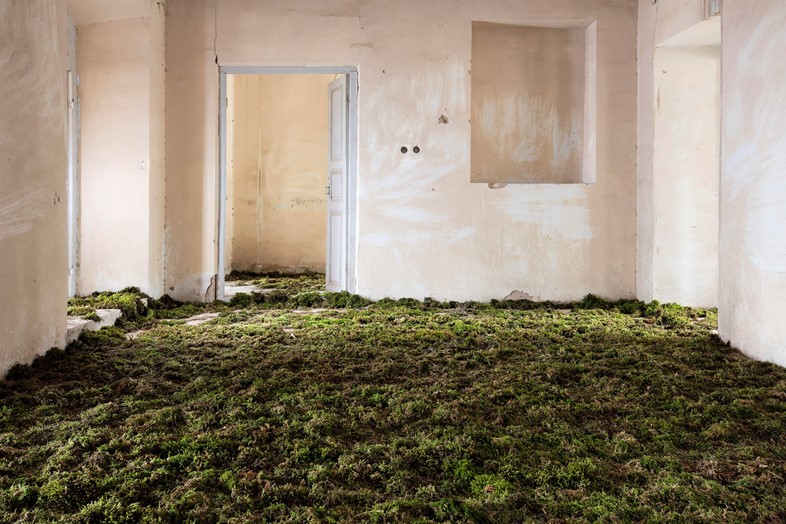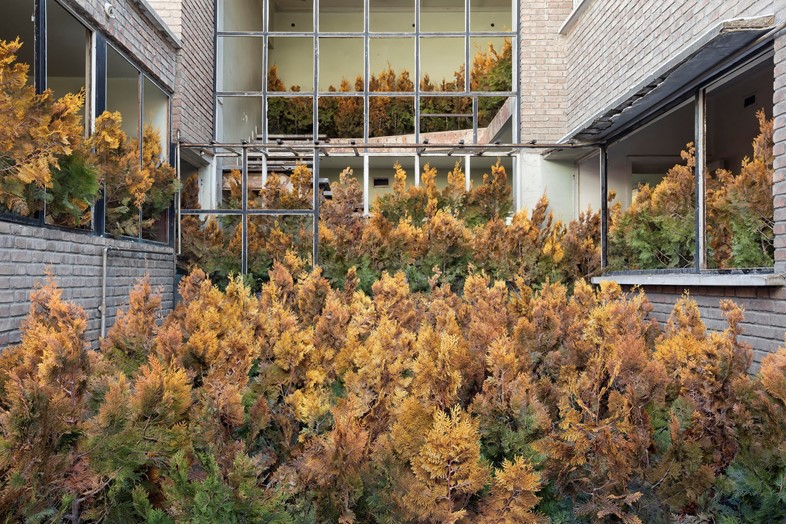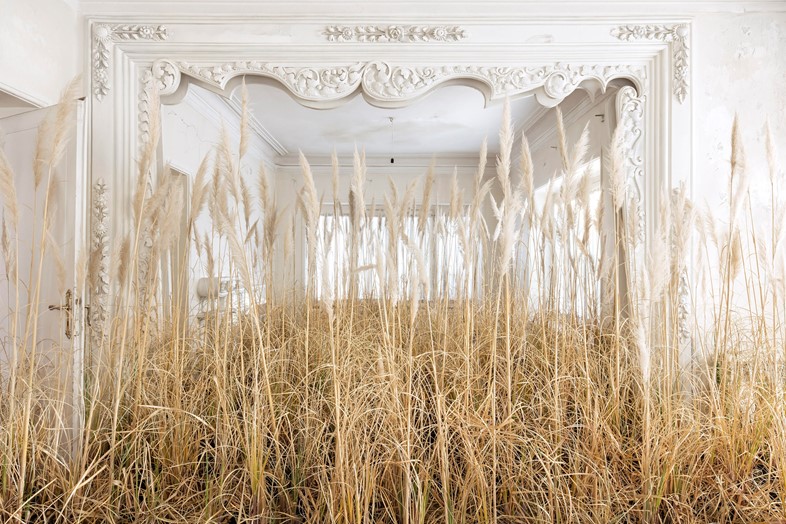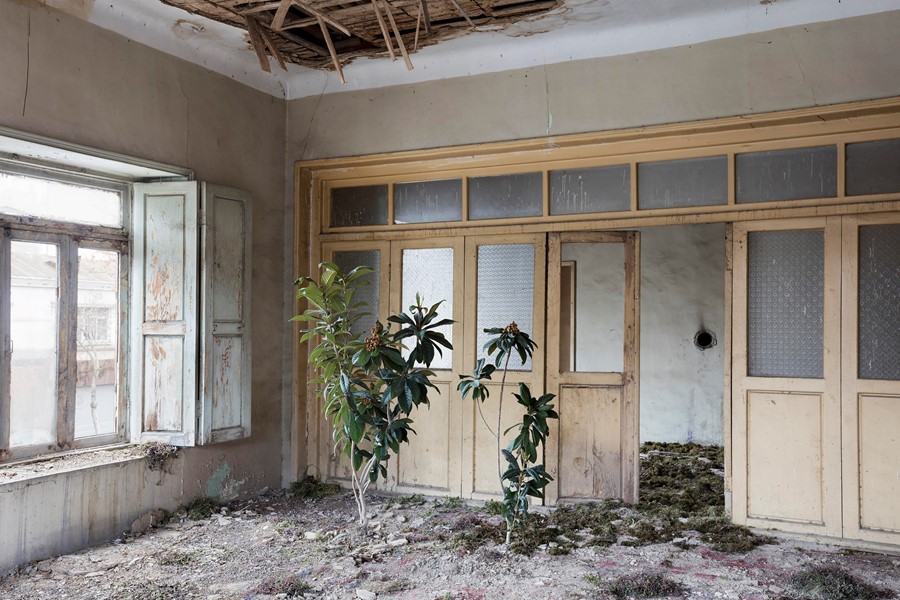Photographer Gohar Dashti is making plants political in her native country
Photographer Gohar Dashti grew up in the southwestern region of Iran, in the border town of Ahwaz. During the Iran-Iraq War, waged throughout much of the 1980s, her life was interrupted daily by bombs and armed conflict. “It is no surprise that borders – those imposed upon us by nation, culture, habitat, but also by our own physical and psychic limitations – play a significant role in Dashti’s work,” noted Eva H.D., a Canadian poet who pens the prologue to an upcoming book on the photographer. Dashti has staged a varied body of work over the past decade, from portraiture to more elaborate group mises-en-scène. Her three most recent series, all completed this year, examine the relationship between humans and landscape: notably the way one’s environs influence the concept of home and selfhood. She addresses a sense of place at every scale of the term – a pragmatic domicile, a sense of belonging within society, a unity with topography.
In the series Still Life, Dashti explored a 19th century photographic process, the cyanotype – involving a chemical solution and strategic exposure to light – featuring plants. In Alien, she snapped rural American landscapes through windows, with the camera’s flash on the glass panes creating a discomfiting spectral presence. Home is her most luxuriant-looking, yet perhaps most melancholy aesthetic. The series depicts residences in Iran overrun with assorted dense vegetation: yellowing plants, blond stalks of wheat, carpet-like moss, withering vines, a brightly blooming flowerbed. The growth is jarring, the rooms, overwhelmed by nature, abdicate any sense of human control, with the untamable outside having crept in. We spoke to the artist about combining the personal, the political and the botanical.

On her decision to pursue photography...
“I majored in graphic design at a conservatory from 1996 to 1997. We mostly learned photography techniques and black and white printing methods, but I had a photography teacher who raised issues on photographic aesthetics, which seemed attractive and creative to me. During that time, I was participating in filmmaking classes, so I think that there is a relationship between my interest in filmmaking and staged photography. In 1999, I was accepted to Tehran University of Art to study photography. Luckily, I had teachers there who taught me important things apart from academic theory, which helped me better understand contemporary art.”
On her aesthetic influences...
“Many classic paintings and movies have influenced me indirectly. I have been inspired by classical painters like Hieronymus Bosch and Pieter Bruegel. Some books too – Dante’s Divine Comedy and One Thousand and One Nights inspired me the most.”

On the presence and absence of people in her series...
“In the Home series, the locations are abandoned interiors in Iran. People moved out, and the images show what happens when one’s home is left behind. The photographs reveal the power of nature to consume and conquer a home. When I talk about war in my works, it refers to war in the world, and also refers to my memories about war when I was child. Usually my works start as personal perceptions. My recent work is not only a personal exploration about nature, but is also about how nature can be political. What happens to the environment when human populations are displaced or destroyed by war? People are transient while nature is a constant; it will be here long after we are all gone.”

Gohar Dashti, Photos 2017 will be showing at Robert Klein Gallery, Boston from September 8 until October 31, 2017.
